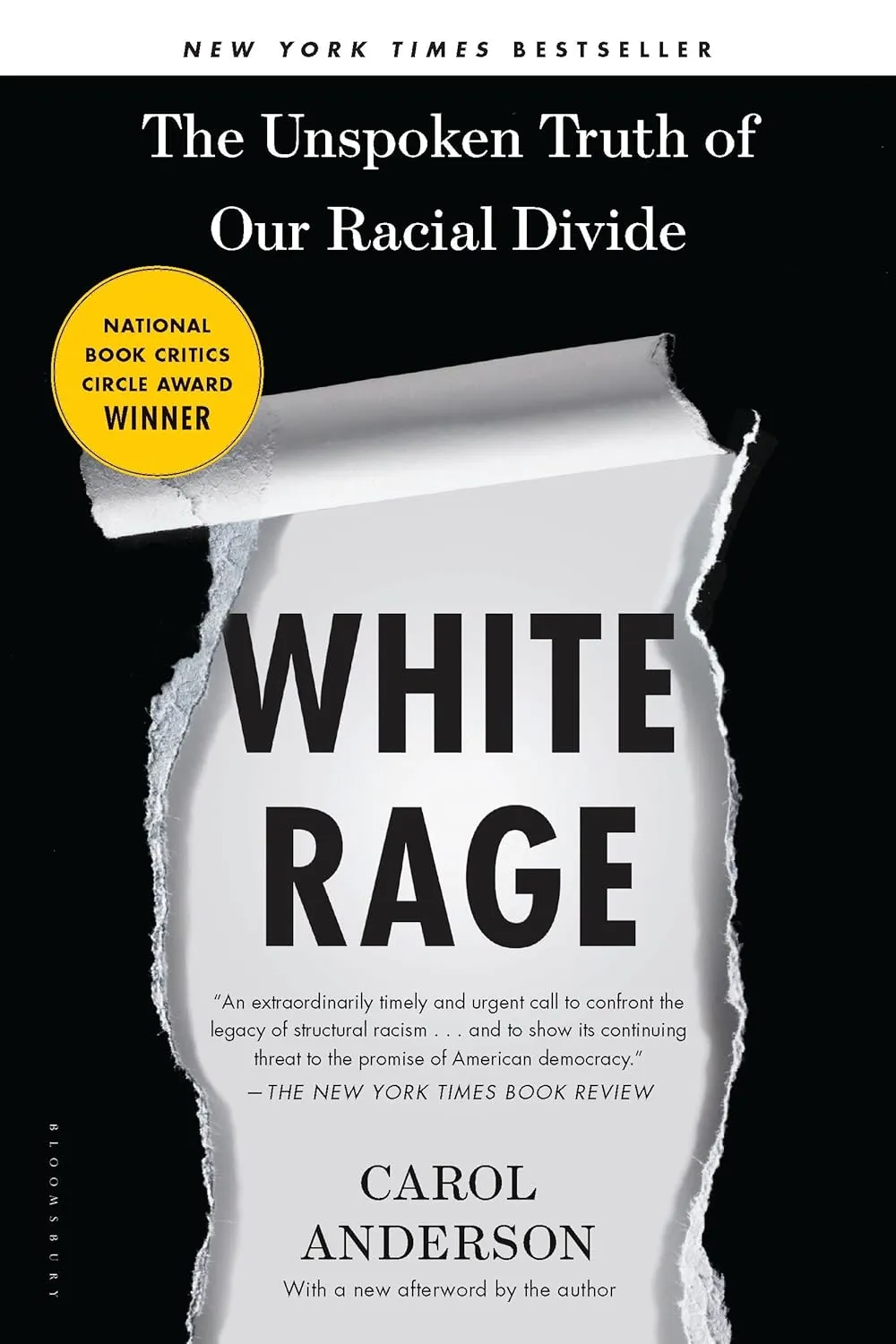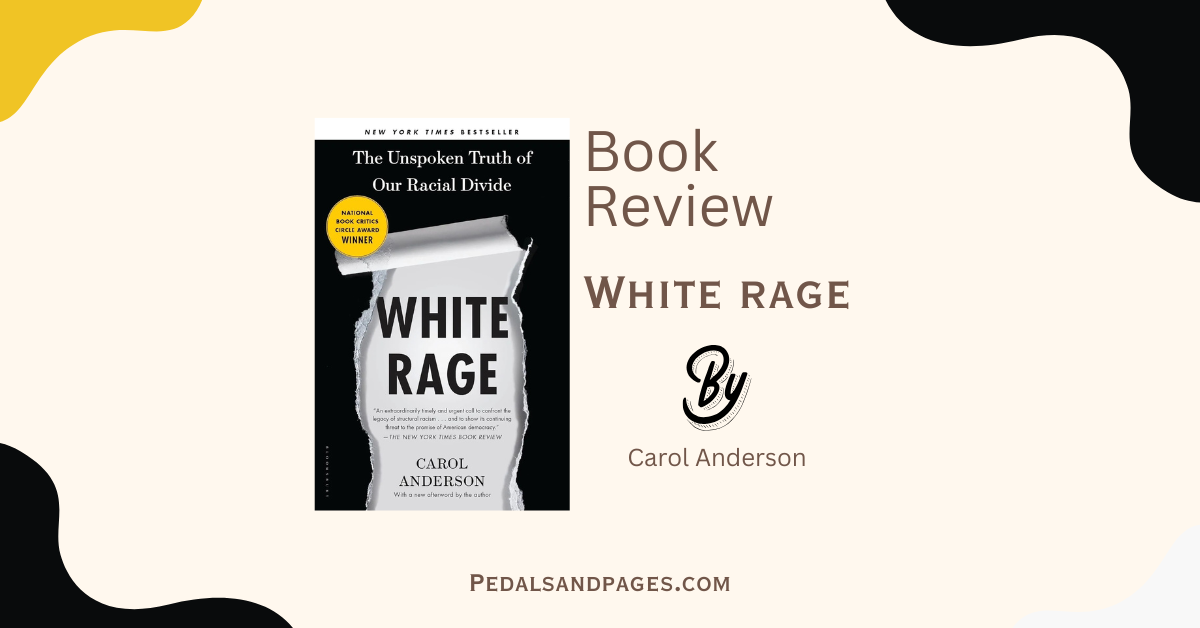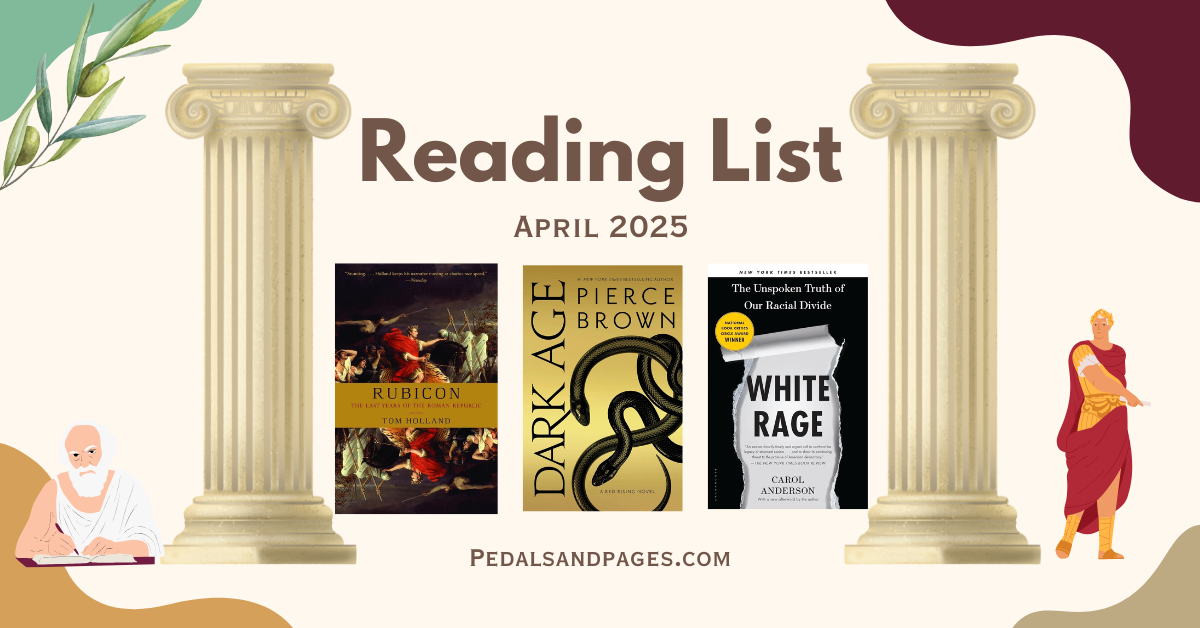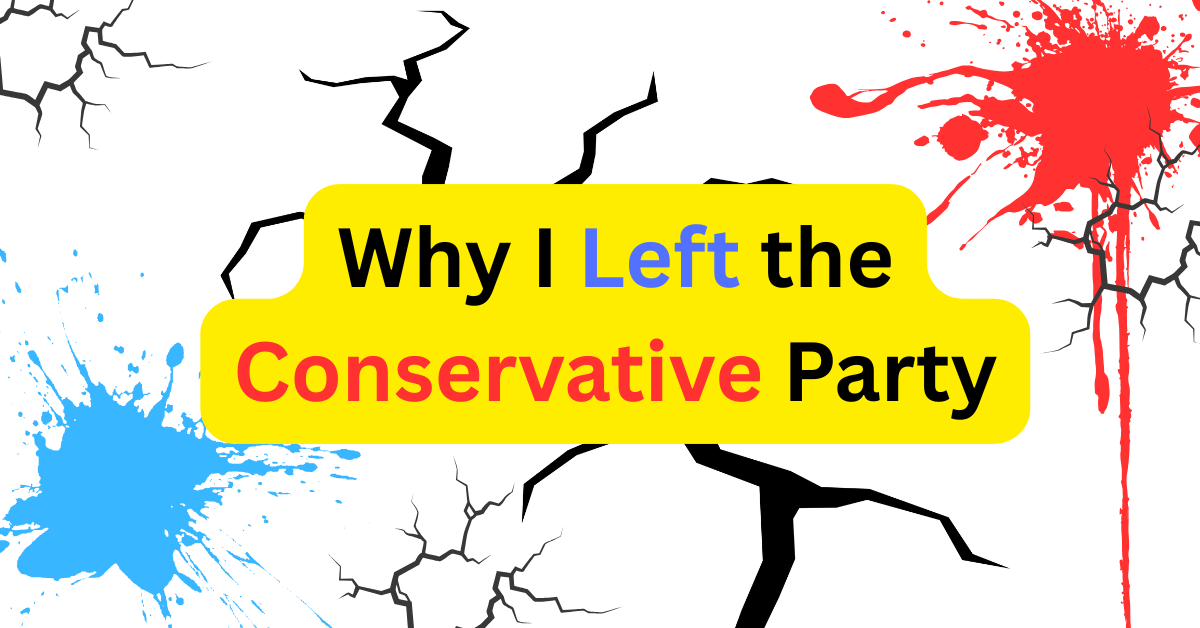Welcome back, readers! 📚 This month, I’m trying something a little different—I’ve decided to dedicate a separate post to one book from my reading list. This particular book made such a strong impression on me that squeezing my thoughts and takeaways into a single paragraph alongside others just wouldn’t do it justice. It deserves its own space, apart from the usual roundup. Without further digression, let’s begin.

White Rage was never on my ‘to be read’ list; I happened across the book at random. As I alluded to in my shorter review, I instantly found a connection with the book, looking past my own biases as a white person in the United States. Growing up, I can remember learning about events like the Civil War, Reconstruction, Brown v. Board of Education, the Civil Rights Movement, and more. Previously, I was educated on how impactful these events are, but never the dirty and harsh reality that they didn’t magically change segregation and oppression in the United States- quite the opposite.
Anderson strips bare the illusion that Supreme Court rulings and Constitutional amendments magically fixed the problems faced by Black Americans since Reconstruction. Many states circumvented many of the rulings and amendments, in effect making them nothing but words on paper. This book does not ‘put down’ whites inasmuch as it highlights how entities like Black Codes and Jim Crow were used to strip even more rights from Black Americans. Further, some states were slow to implement desegregation protocols, while others flat-out refused to comply.
Each chapter is built around the reality that whenever Black Americans make progress—economically, socially, or politically—a coordinated white response appears to roll it back.
In Virginia, when local school boards in Charlottesville, Norfolk, and Front Royal were under federal court orders to admit black students, Governor James Lindsay Almond closed, in his words, every “school threatened with desegregation.”
White Rage, Chapter Three, Carol Anderson
Schools and Desegregation
Anderson explores many themes throughout the book, and while I won’t cover them all, one in particular stays with me: the issue of education. For a quick recap, the Supreme Court ruled that racial segregation in public schools was unconstitutional, overturning the “separate but equal” axiom from Plessy v. Ferguson (1896). While the ruling was clear and just, white communities immediately began resisting desegregation. During the “White Flight” era, thousands of white students were withdrawn from public schools to enroll in private, whites-only academies. In other words, these legal victories weren’t the sweeping triumphs they’re often remembered as—they didn’t magically end segregation or create equality overnight.
Because funding was shuttled into white schools and private academies, this left integrated schools severely underfunded. Until reading this book, I never had a grasp on just how infuriating conditions were, and continue to be, for Black Americans.
Picture trying to learn inside an Alabama school on a 90-degree day with no air conditioning—a task that many can’t even focus on properly. This illustrates the unfairness often overlooked in our society, which we call Equity.
The fifteen facilities for 2,000 African American students were valued at $330,000, whereas the seven brick schoolhouses for 1,400 white students, replete with indoor toilet facilities and modern furnaces, had been appraised at $1.2 million.
White Rage, Chapter Three, Carol Anderson
Why This Conversation Is Difficult to Have
I grew up in an environment where the tools to explore my own biases were not readily available—and, as I reflect on this now, I realize it’s how much of our society tends to operate. Social justice issues are deeply rooted in systemic structures that are often hard to address, even when we know they exist. The waters become more muddied as both sides argue and shout over one another. What’s striking is that the sanitized version of Reconstruction often presented in school textbooks is not based in reality, and I am sure not much has changed in predominantly white schools. Entire academic disciplines are dedicated to understanding these dynamics, but the complexity of the subject can feel overwhelming at times- I get that. I think an integral point of this book is to point this reality out.
Just a few years ago, the idea of reading a book like White Rage would have been completely foreign to my thinking and biases. For many of my readers, encountering such an uncomfortable truth might feel unsettling or even appalling at first. Acknowledging these emotions is part of why I decided to give this book its own review space, because we all need to confront difficult truths about ourselves and the world we live in. I urge you to channel any anger or frustration you may feel and put that toward the resources, ideas, or solutions we have access to, as scholars intend. It is up to us to uphold that legacy.
Wrapping Up
Carol Anderson’s book feels especially vital in our current moment, and I appreciate the way it’s structured—each section builds thoughtfully on the last, adding real depth and substance to her argument.
I’ve only scratched the surface of what this book has to offer. It’s filled to the brim with example after example—each more infuriating than the last—of what Black Americans have endured, and what they continue to face today. As any scholar should, Anderson cites her claims and examples. This allows the reader to go further into the material at hand. Reading it is both eye-opening and deeply unsettling. But that’s exactly why it matters.
I know not everyone will be comfortable with this subject. For those willing to take a step into the uncomfortable, let me know what you think. Let’s have a conversation.




Leave a Reply